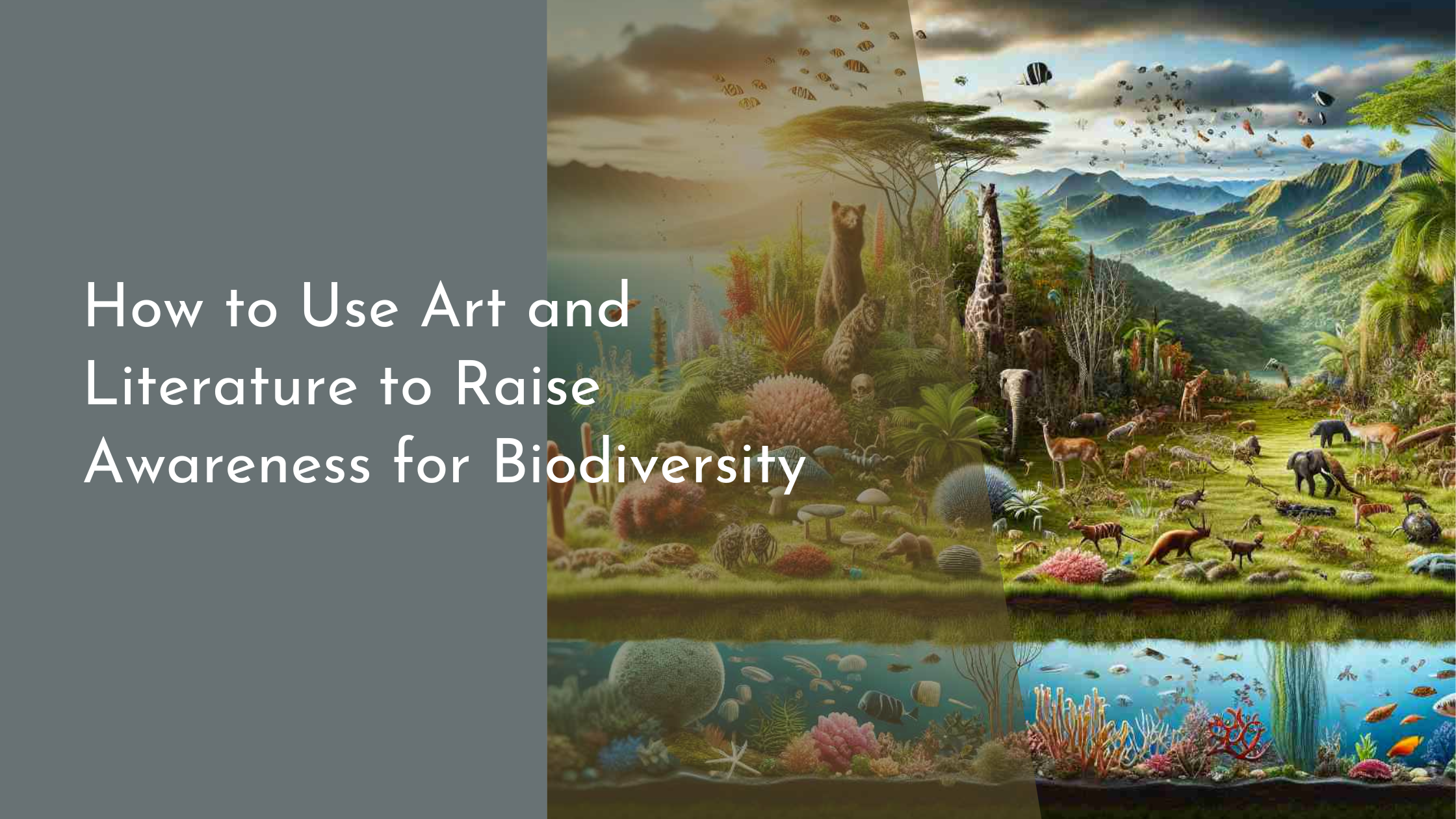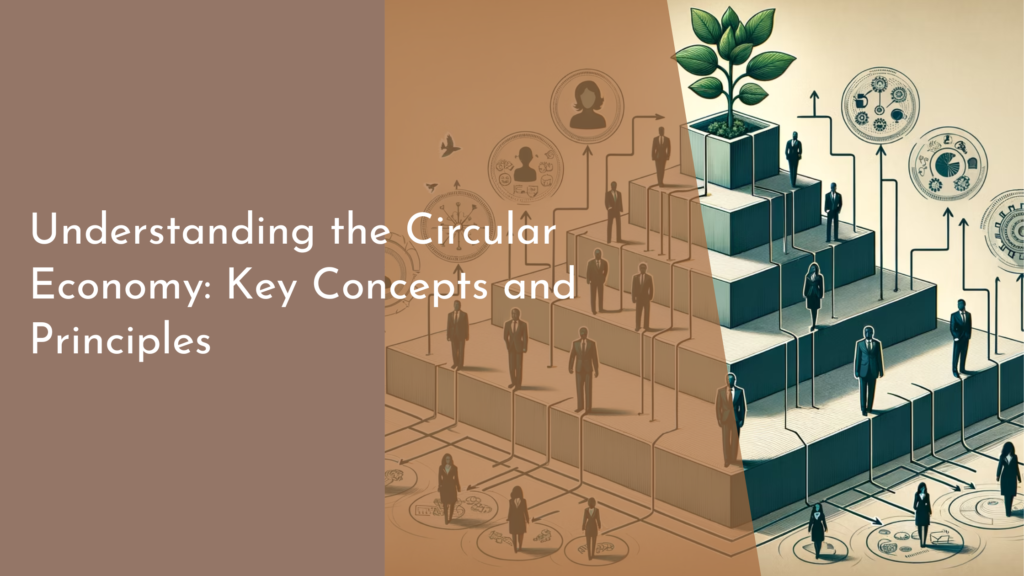How to Use Art and Literature to Raise Awareness for Biodiversity
In a world where biodiversity is increasingly under threat, art and literature emerge as powerful allies in raising awareness and inspiring action. These creative mediums have the unique ability to convey complex ecological concepts in a relatable and engaging manner. By tapping into the emotional and intellectual capacities of individuals, art and literature can foster a deep appreciation for the natural world and motivate communities to protect it. This article explores how these forms of expression can be harnessed to champion the cause of biodiversity, from painting vivid landscapes to crafting compelling narratives.
Exploring the Intersection of Art and Ecology
Art and ecology share a fundamental connection; both seek to explore and interpret the world around us. Artists have long drawn inspiration from nature, capturing the beauty and intricacy of ecosystems through various mediums. By highlighting the splendor and fragility of the environment, artists can evoke a sense of wonder and responsibility in their audiences. The intersection of art and ecology allows artists to address environmental issues creatively, transforming abstract concepts into tangible experiences that resonate with viewers on an emotional level.
Moreover, art serves as a universal language that transcends cultural and linguistic barriers, making it an effective tool for raising awareness across diverse communities. Through exhibitions, installations, and public art projects, artists can engage audiences in meaningful conversations about biodiversity and conservation. By collaborating with ecologists, conservationists, and local communities, artists can create works that not only educate but also inspire collective action towards preserving our planet’s rich biodiversity.
Literature as a Tool to Ignite Passion for Nature
Literature has long been a vehicle for exploring humanity’s relationship with the natural world. From classic works like Henry David Thoreau’s Walden to contemporary novels such as Barbara Kingsolver’s Flight Behavior, literature has the power to transport readers to the heart of nature, fostering a sense of connection and stewardship. Through vivid descriptions and compelling narratives, authors can ignite a passion for nature and biodiversity, encouraging readers to reflect on their role in the ecosystem.
In addition, literature can serve as a catalyst for change by bringing attention to pressing environmental issues. Non-fiction works, such as Rachel Carson’s Silent Spring, have historically galvanized public awareness and policy shifts. Similarly, contemporary writers can use their craft to highlight the importance of biodiversity, weaving tales that underscore the interconnectedness of all life forms and the urgent need for their preservation. By engaging readers’ imaginations and emotions, literature can inspire a profound commitment to environmental stewardship.
Creating Impactful Art Projects for Biodiversity
Art projects focused on biodiversity can take many forms, from painting and sculpture to digital media and performance art. The key to creating impactful projects lies in their ability to provoke thought, elicit emotion, and inspire action. For instance, a large-scale mural depicting local flora and fauna can serve as a visual reminder of the area’s natural heritage, encouraging community members to take pride in and protect their environment. Similarly, interactive installations that simulate ecosystems can provide immersive experiences that deepen visitors’ understanding of biodiversity.
To maximize their impact, art projects should aim to educate audiences about specific environmental challenges and offer tangible solutions. For example, an art piece showcasing endangered species might be accompanied by information on conservation efforts and ways individuals can contribute to these initiatives. By combining artistic expression with educational components, art projects can not only raise awareness but also empower individuals to become active participants in biodiversity conservation.
Engaging Communities Through Creative Collaborations
Engaging communities in art and literature projects can amplify their impact on biodiversity awareness. Collaborative initiatives allow individuals to contribute their unique perspectives and talents, fostering a sense of ownership and collective responsibility for local ecosystems. By partnering with schools, community centers, and environmental organizations, artists and writers can create projects that resonate with and empower community members, encouraging them to become advocates for biodiversity.
These collaborations can take many forms, from community-led art installations to creative writing workshops focused on environmental themes. By involving participants in the creative process, these projects can cultivate a deeper understanding of and appreciation for biodiversity, transforming passive observers into active stewards of the natural world. The sense of community and shared purpose generated through these collaborations can lead to lasting change, as individuals come together to celebrate and protect the vibrant tapestry of life that surrounds them.
Art and literature offer powerful avenues for raising awareness and inspiring action on behalf of biodiversity. By harnessing the emotional and intellectual power of these creative mediums, individuals and communities can foster a deeper connection to the natural world and a commitment to its preservation. Through exploring the intersection of art and ecology, utilizing literature as a tool for change, creating impactful art projects, and engaging communities in creative collaborations, we can build a more sustainable and biodiverse future for all. As we celebrate the beauty and complexity of life on Earth, let us also embrace our role as its stewards, ensuring that future generations inherit a thriving planet.



